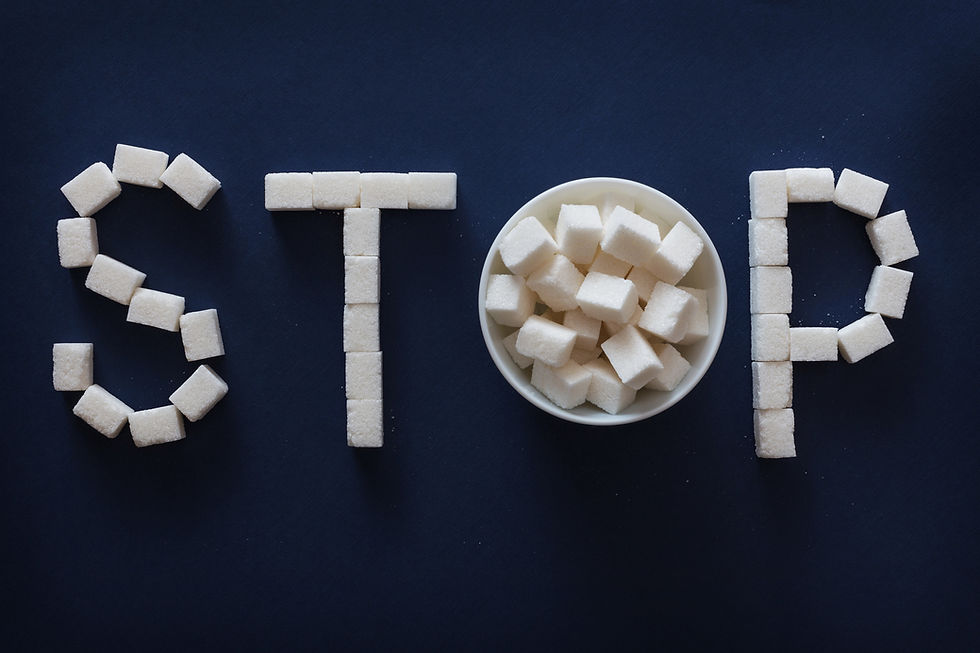The Role of Fiber in Your Diet: Why It's Essential and How to Get More
- Dec 31, 2023
- 3 min read
In the world of nutrition, fiber often plays the understated yet crucial role of a nutritional powerhouse. It's like the bassist in a rock band - not always in the limelight, but vital for harmony and rhythm. Let's explore the world of dietary fiber - its types, benefits, and how you can easily incorporate more into your diet.

Understanding the Role of Fiber: The Unsung Hero of Nutrition
There are two types of dietary fiber, each with its unique role in maintaining your health:
Soluble Fiber: Like a sponge, it absorbs water and transforms into a gel during digestion, slowing down the process. Found in foods like oats, nuts, beans, lentils, apples, and blueberries, soluble fiber helps in regulating blood sugar levels and reducing cholesterol.
Insoluble Fiber: Think of this as your internal broom. It adds bulk to your stool, helping material move through your digestive system more quickly. It's found in whole grains, wheat bran, nuts, beans, vegetables, and potatoes.
The Downside of Fiber Neglect
A diet lacking in fiber can lead to a cascade of health issues:
Digestive Troubles: From constipation to an increased risk of colorectal cancer, low fiber intake doesn't do your digestive system any favors.
Cardiovascular Risks: Without enough soluble fiber, you're at a higher risk of developing heart disease due to elevated cholesterol levels.
Weight Gain and Blood Sugar Spikes: Fiber helps regulate your appetite and blood sugar. Without it, you might find yourself battling weight issues and erratic blood sugar levels.
Top 5 Ways to Boost Your Fiber Intake
Incorporating fiber into your diet doesn't have to be a chore. Here are five enjoyable and simple ways to up your fiber game:
Start the Day Right: Breakfast is a fantastic opportunity to get a fiber boost. Opt for whole-grain cereals or oatmeal. A bowl of oatmeal topped with berries is a delicious way to kickstart your day.
Snack on Fruits and Veggies: Swap out less nutritious snacks for fresh fruits and vegetables. An apple or a carrot stick not only satisfies your hunger but also provides a fiber punch.
Incorporate Legumes: Beans, lentils, and chickpeas are fiber all-stars. Add them to soups, salads, or as a side to increase your fiber intake deliciously.
Choose Whole Grains: Swap white bread, pasta, and rice for their whole-grain counterparts. Quinoa, whole-wheat pasta, and brown rice are tasty and fiber-rich.
Nuts and Seeds: A handful of almonds, chia seeds, or flaxseeds can not only satisfy your midday hunger but also add an extra fiber boost to your diet.

Going Beyond the Basics: Fiber in Everyday Life
Incorporating more fiber isn't just about changing what you eat; it's about rethinking how you eat. Here are a few additional tips:
Read Labels: When shopping, look for high-fiber options. Foods with at least 5 grams of fiber per serving are considered excellent sources.
Fiber-Rich Recipes: Experiment with fiber-rich recipes. For example, try adding lentils to your stews or making a quinoa salad.
Gradual Increase: If you're not used to a high-fiber diet, increase your intake gradually to give your digestive system time to adjust. This helps avoid bloating or discomfort.
The Benefits of a Fiber-Rich Diet
A diet high in fiber offers a multitude of health benefits:
Improved Digestion: Fiber aids in regular bowel movements, reducing the risk of constipation and digestive disorders.
Heart Health: A fiber-rich diet has been linked to a lower risk of heart disease, thanks in part to its ability to lower cholesterol.
Weight Management: High-fiber foods are more filling, helping you eat less and stay satisfied longer.
Blood Sugar Control: Fiber, especially soluble fiber, can slow the absorption of sugar, aiding in blood sugar control.
Overall Health Boost: Adequate fiber intake is associated with a lower risk of developing several chronic diseases, including certain types of cancer.
Wrap-Up: Embracing Fiber in Your Diet
Incorporating more fiber into your diet is one of the simplest yet most effective changes you can make for your overall health. It's about making small, conscious decisions - choosing an apple over a bag of chips, or whole-grain bread instead of white. These choices add up, leading to a healthier, more balanced you.
So next time you're planning a meal or reaching for a snack, think about how you can add a little more fiber. Your body (and your digestive system) will thank you! Fiber might not always be the star of the show, but in the symphony of nutrition, it's an indispensable player.




Comments